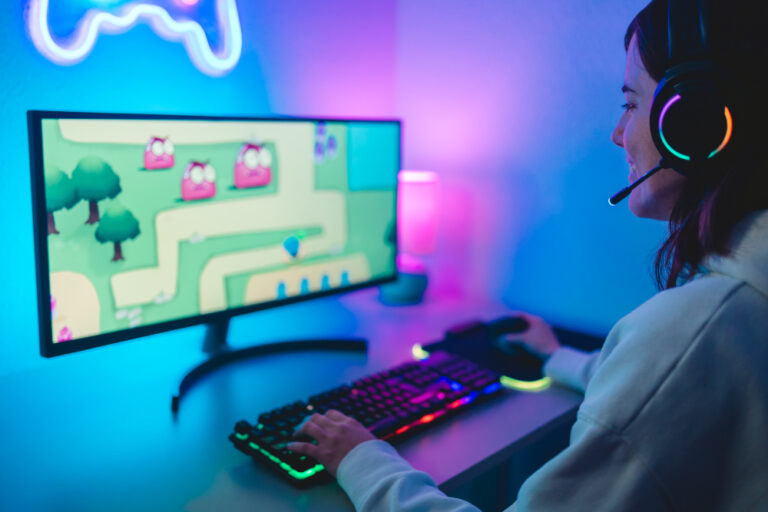Making sure a gaming PC has all the hardware it needs to run well isn’t rocket science, but it can be tricky. Sure, you can take the “max power” approach by installing as many fans as possible in and on the case, but that’s far from ideal. There needs to be a rhythm or reason to the setup, or it becomes completely ineffective. Want to know everything there is to know about setting up a gaming PC? If so, read on.

Configuring your gaming PC: choosing the case
When building a gaming PC, the case is usually a secondary element. People choose a CPU, GPU, a good motherboard, RAM, PSU, and maybe a liquid cooler, and with the remaining budget, they buy any case. But your PC case deserves more attention than that. Indeed, to properly configure your gaming PC, the choice of the case must be made according to its size, its cooling system, and the gaming performance that you would like your gaming PC to have.
For example, you can go and discover the selection of the best PC cases available in the computer section of Cdiscount.com if you want to have an idea of the types of cases that any good gaming PC must have. From desktop computers to laptops, including the best computer components, you will find in this essential online store in France everything you need to assemble your gaming PC in the best possible way.
Configuring your gaming PC: choosing the fan
Whether you’re building your gaming PC from scratch or upgrading an existing one, your case will usually come with one or two fans, to provide basic cooling. But you’re building a gaming PC, so your requirements are far from basic. Each fan has a flow rate in cubic feet per minute (CFM), which measures the volume of air it moves in one minute. To properly cool your computer, you need to have enough fans to push or pull air in and out of the case. More case fans mean a higher total CFM and more air moved throughout the computer.
To avoid making a mistake when choosing a fan for your gaming PC, just pay attention to the noise level, because fans can generate a real buzz. To prevent your computer from becoming too noisy, use fewer or quieter fans. Also, flashing multi-colored lights should not be the main feature of your case fans.
Configuring your gaming PC: choosing the power supply system
There’s unfortunately no one-size-fits-all strategy when it comes to choosing a power supply when building a gaming PC. However, while there are several important factors to consider when choosing a power supply as with any of the components in your PC, identifying one of the most important factors is refreshingly simple. You don’t have to pore over benchmarks or read reviews to figure out how much wattage you need. Instead, you can use a tool like a power supply calculator to determine exactly how much wattage your new PSU should provide.
To use this tool, select your components from the drop-down menu for each category. It is an online tool that has been updated with the latest parameters for different processors, motherboards, GPUs, RAM, etc. While the tool does not go into detail on each component, it does so where relevant and helps determine how much power you need.
For example, if you are building (or buying) a gaming PC with an Intel Core i7-11700K processor, an Nvidia GeForce RTX 3070 GPU, 16 gigabytes (GB) of RAM split into two 8GB sticks, a 1TB SSD, and a 1TB 7200RPM hard drive, a 512-watt power supply is recommended. You can opt for a 600-watt PSU to be on the safe side, and purchasing a suitable option is just a click away.
Setting up your gaming PC is therefore not as simple as people try to make it seem. From the case to the power supply to the fan, every choice you make must be based on specific criteria. Only then will you be able to achieve your goals and build a powerful gaming PC with which you can play the best PC games of the moment?


















